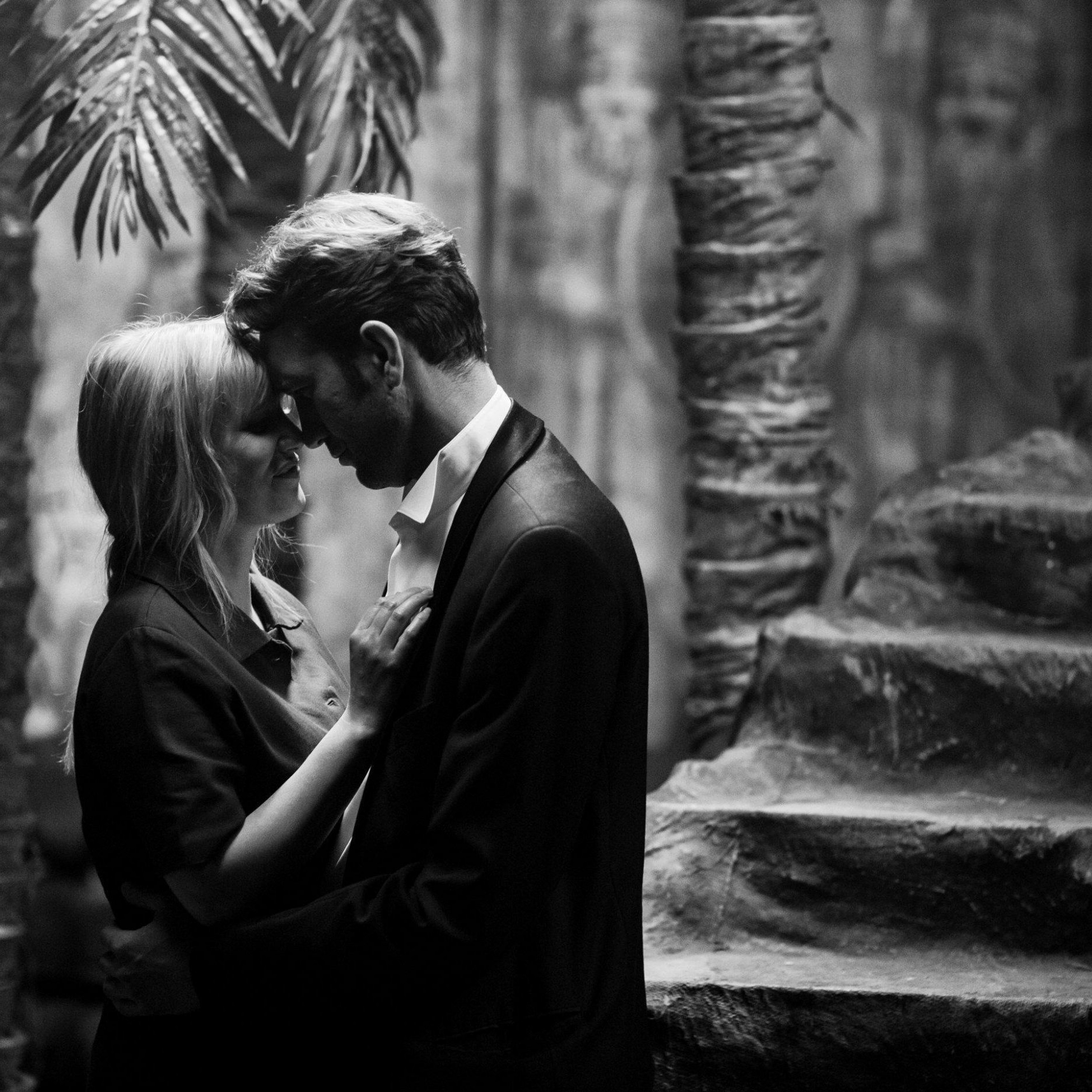- TV
- SEE MORE
- classical
- general
- talk
- News
- Family
- Bürgerfunk
- pop
- Islam
- soul
- jazz
- Comedy
- humor
- wissenschaft
- opera
- baroque
- gesellschaft
- theater
- Local
- alternative
- electro
- rock
- rap
- lifestyle
- Music
- como
- RNE
- ballads
- greek
- Buddhism
- deportes
- christian
- Technology
- piano
- djs
- Dance
- dutch
- flamenco
- social
- hope
- christian rock
- academia
- afrique
- Business
- musique
- ελληνική-μουσική
- religion
- World radio
- Zarzuela
- travel
- World
- NFL
- media
- Art
- public
- Sports
- Gospel
- st.
- baptist
- Leisure
- Kids & Family
- musical
- club
- Culture
- Health & Fitness
- True Crime
- Fiction
- children
- Society & Culture
- TV & Film
- gold
- kunst
- música
- gay
- Natural
- a
- francais
- bach
- economics
- kultur
- evangelical
- tech
- Opinion
- Government
- gaming
- College
- technik
- History
- Jesus
- Health
- movies
- radio
- services
- Church
- podcast
- Education
- international
- Transportation
- Other
- kids
- podcasts
- philadelphia
- Noticias
- love
- sport
- Salud
- film
- and
- 4chan
- Disco
- Stories
- fashion
- Arts
- interviews
- hardstyle
- entertainment
- humour
- medieval
- literature
- alma
- Cultura
- video
- Science
- en
93 - Cold War

Cold War is Pawe\u0142 Pawlikowski's follow up to the Academy Award winning Ida. We delighted in the Midlands Arts Centre\u2019s fabulous projection system, which Mike says makes these beautifully lit and composed images "sing", allowing their poetry to resonate. The film is unashamedly a love story, framed in a 4:3 ratio that best frames faces and sharpens the focus on the feelings they express, in glistening black and white.\n\nCold War begins unusually in that the love each of the protagonists has for the other is never in doubt. The problem, the threat, the barrier, is how the geopolitics of the post-war period interrupt that love - the whole world is against them! We discuss the resonances of the film\u2019s setting, the period 1949-1964, and the significance of the film moving back and forth from Paris and several Eastern Bloc countries; with settings in the Polish countryside, Warsaw, Berlin Yugoslavia, Zagreb and then back to Poland. Is part of the theme that in the Eastern Bloc they\u2019re forced to prostitute their art whilst capitalist countries encourage the prostitution of the self?\n\nJos\xe9 swoons over the sadness, sexiness and romance of the film. Mike draws attention to a certain sketchiness and notes that Tomasz Kot looks like he belongs in a Stella Artois ad whilst admiring his performance and that of Joanna Kulig as Zula. Jos\xe9 loves it so much he wants to see it again to further explore the patterning of images and sounds. Mike feels he\u2019s seen enough but is willing to go along, particularly since the film is unexpectedly short at only 85 minutes. It's certainly good, but precisely how good is Cold War is the question that overhangs the podcast.\n\nRecorded on 16th September 2018.